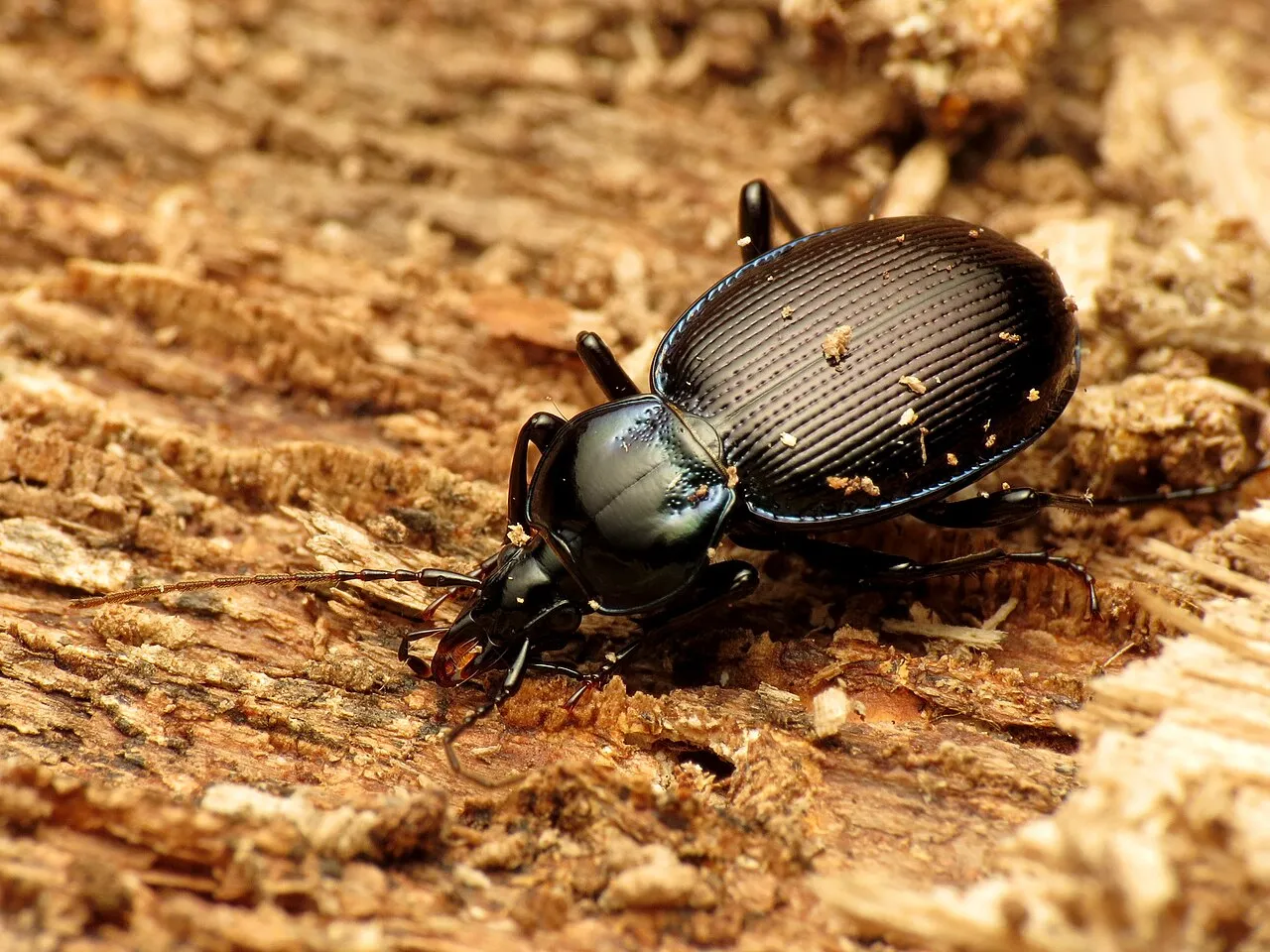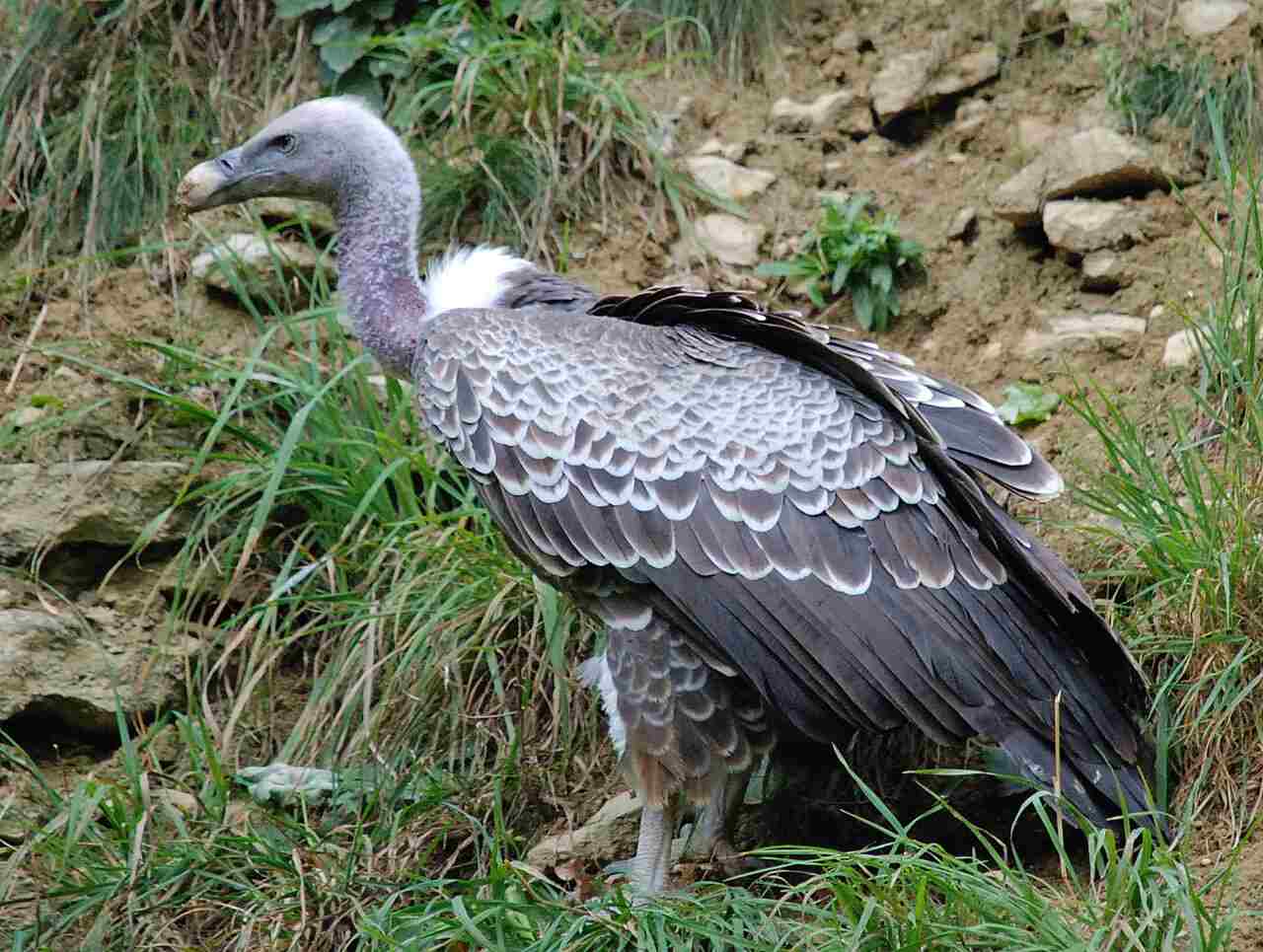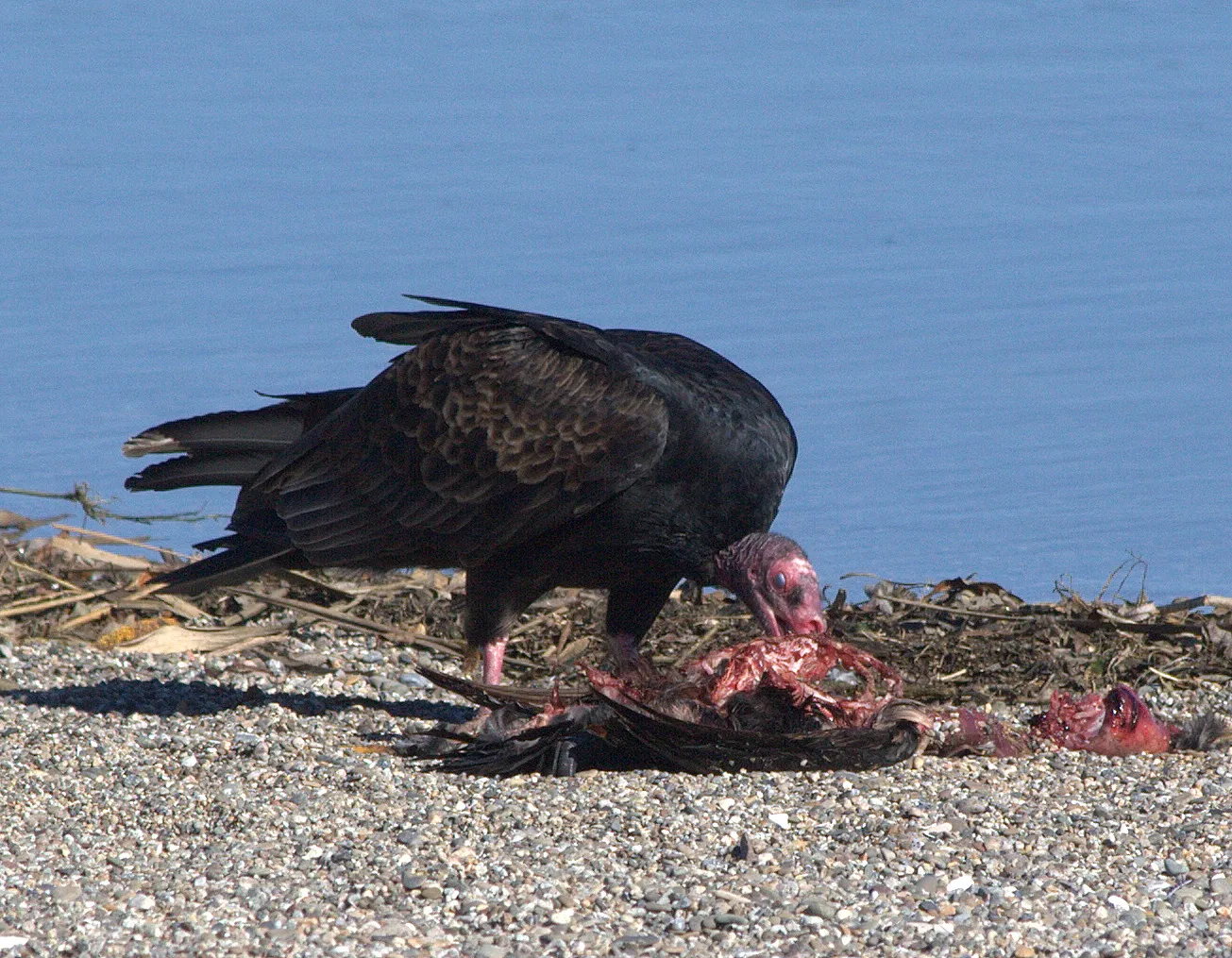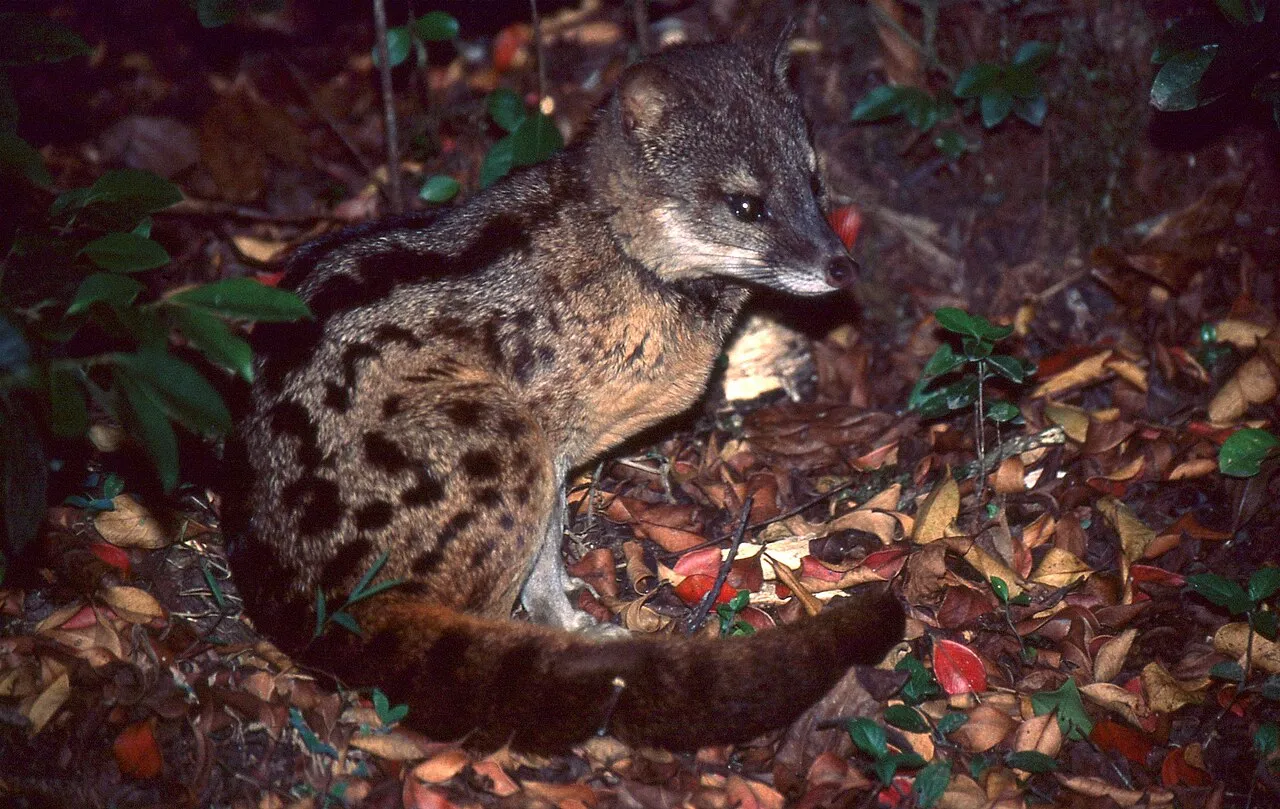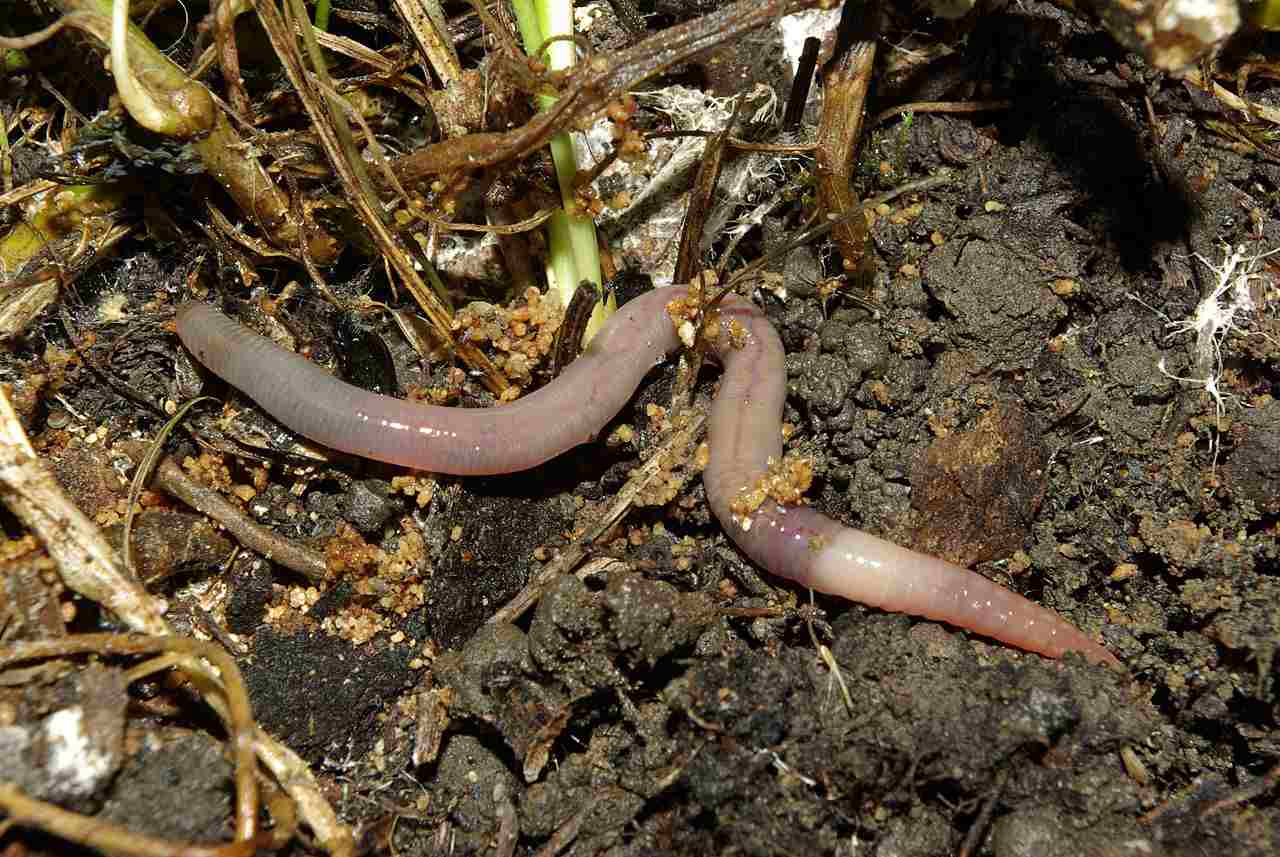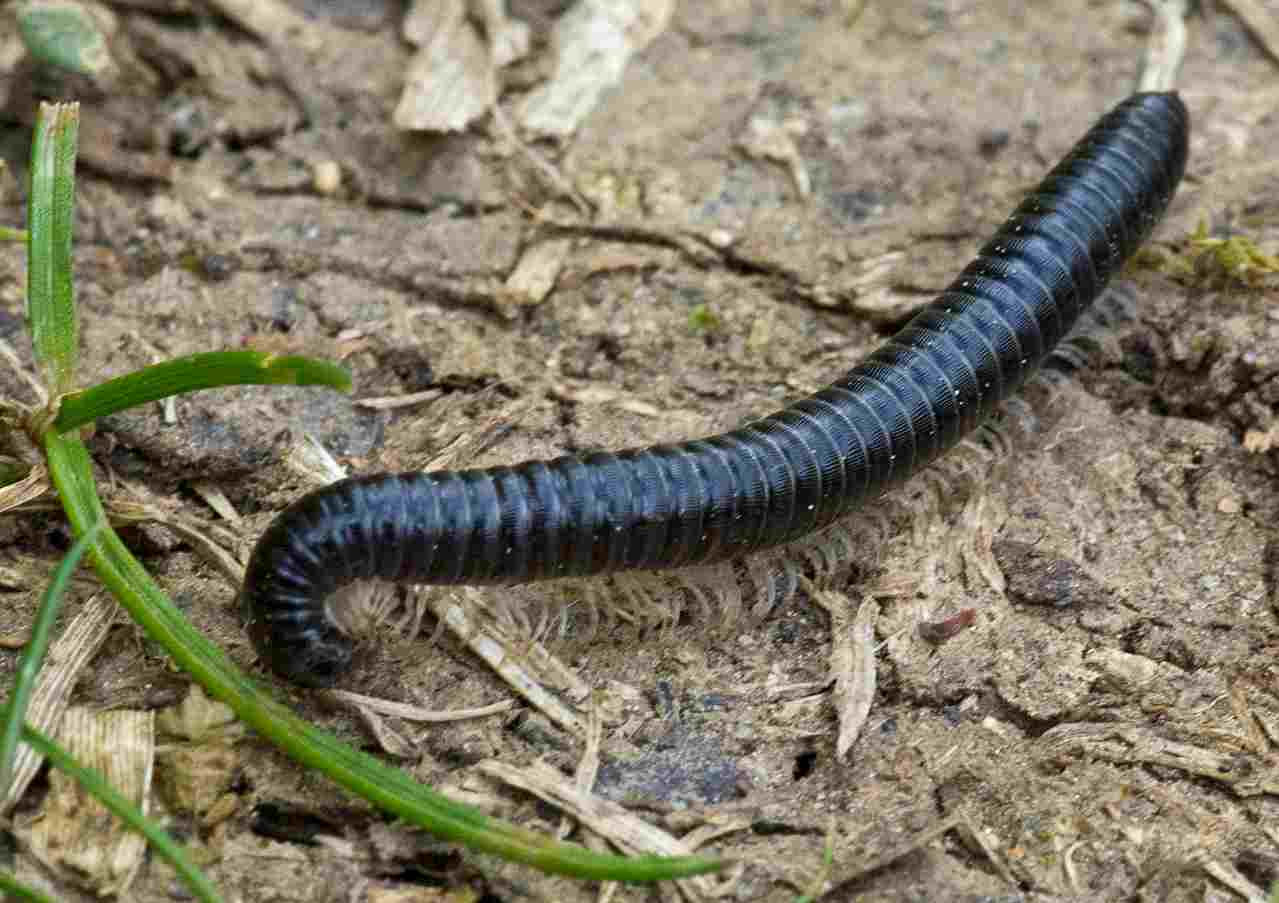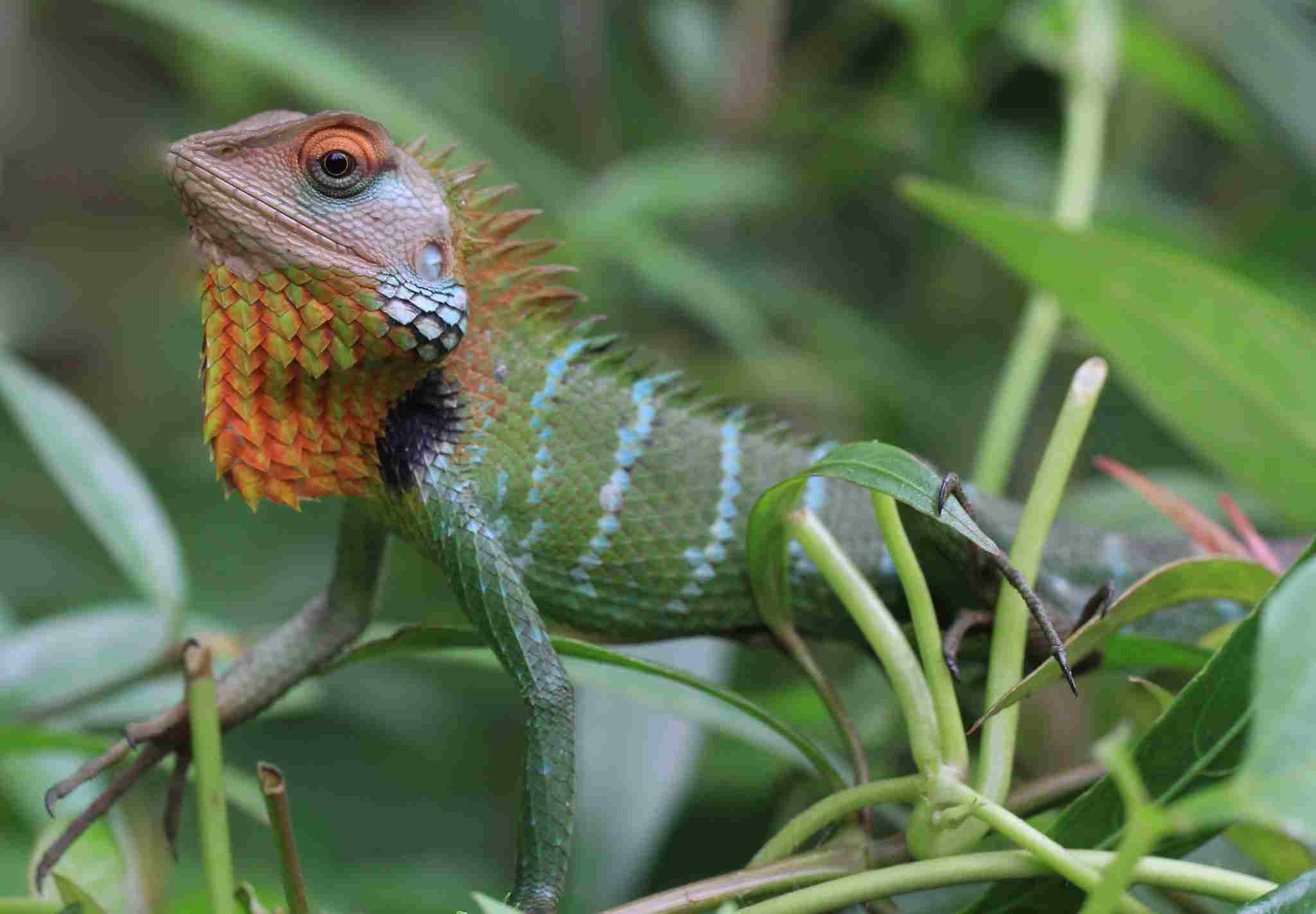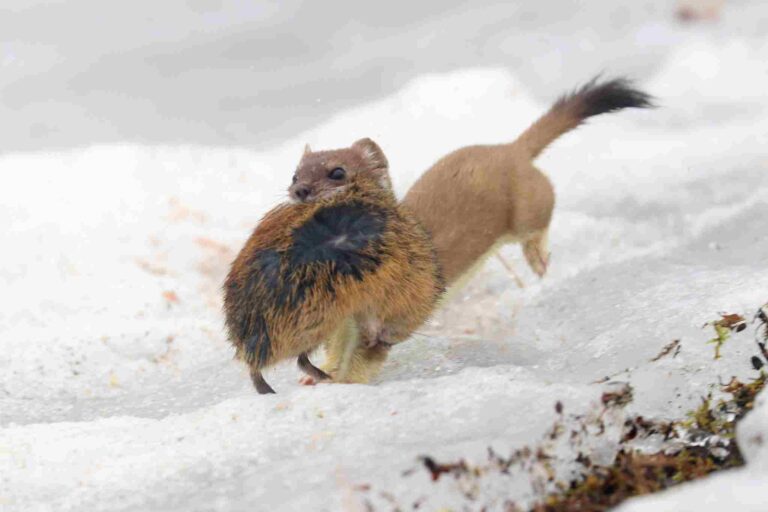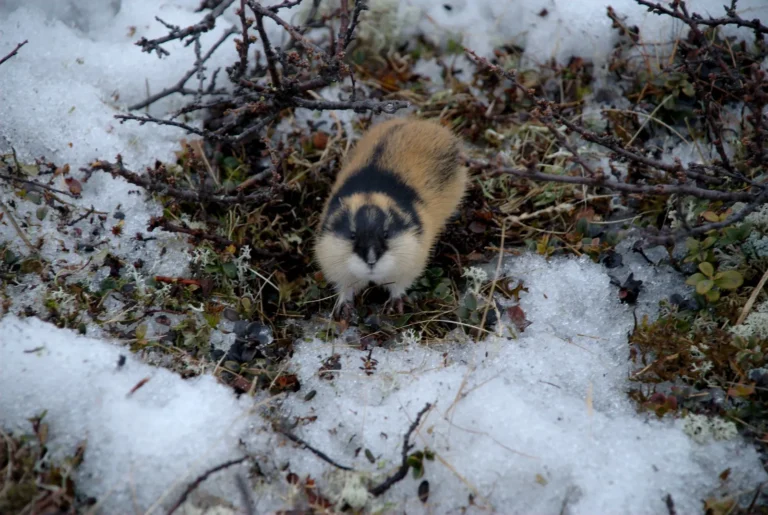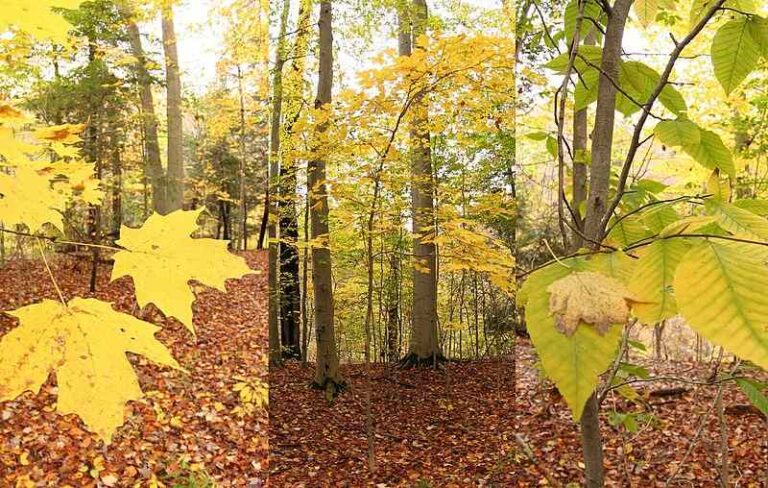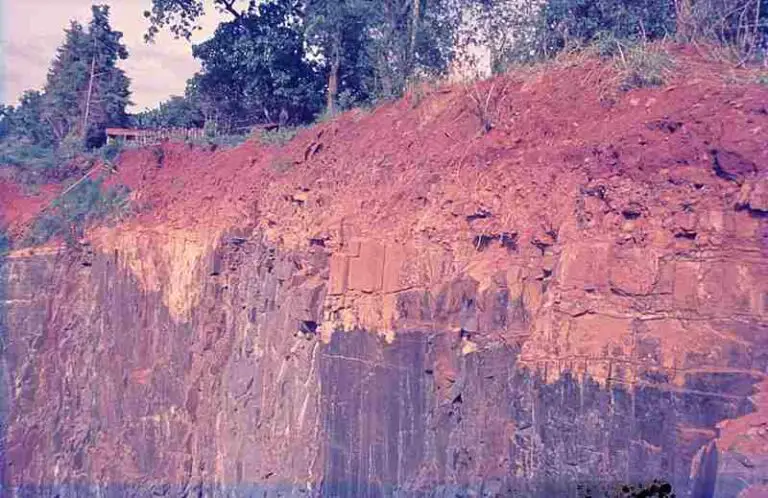9+ Scavengers in The Rainforest Ecosystem Discussed
Examples of scavengers in the rainforest are diverse, ranging from insects like beetles and blowflies to larger animals like vultures, ocelots, and civets. These scavengers play crucial roles in nutrient recycling and ecosystem balance by feeding on carrion and decaying organic matter. Despite their varied sizes and behaviors, they all contribute to maintaining the health and stability of the rainforest ecosystem. Conservation efforts are essential to protect these scavengers and ensure the continued functioning of the rainforest environment.
1. Giant Millipede
In the intricate ecosystem of the rainforest, the Giant Millipede plays a vital role as one of nature’s cleanup crew. These fascinating arthropods, known for their numerous legs and segmented bodies, are primarily detritivores, meaning they feed on decaying organic matter. Their diet consists of fallen leaves, rotting wood, and other plant debris littering the forest floor.
Equipped with powerful jaws, the Giant Millipede breaks down tough plant material, aiding in the decomposition process and facilitating nutrient cycling within the rainforest ecosystem. As they consume decaying matter, they also inadvertently contribute to soil aeration and nutrient enrichment, promoting the growth of new vegetation.
Despite their slow and seemingly unassuming nature, Giant Millipedes possess a remarkable defense mechanism. When threatened, they can release a noxious secretion containing cyanide, deterring predators with its foul odor and toxic properties. This chemical defense serves as an effective deterrent against many would-be predators, helping to ensure the millipede’s survival in the dense and diverse rainforest environment.
While often overshadowed by more charismatic species, Giant Millipedes are indispensable contributors to the health and balance of the rainforest ecosystem. Through their role as scavengers and decomposers, they play a crucial part in maintaining the delicate equilibrium of life within the world’s most biodiverse habitats.
2. Black Vulture
In the rainforest canopy, the Black Vulture commands the skies as a skilled scavenger and opportunist. With its distinctive black plumage and a keen eye for carrion, this bird of prey is a common sight soaring above the dense foliage of the rainforest. While primarily a scavenger, Black Vultures are also known to hunt small mammals, reptiles, and amphibians when the opportunity arises.
Using its sharp beak and powerful talons, the Black Vulture can tear through tough flesh and penetrate the hides of deceased animals, accessing nutrient-rich tissues that would otherwise go to waste. By consuming carrion, these birds help prevent the spread of disease by quickly disposing of animal carcasses before they have a chance to decay and contaminate the surrounding environment.
Despite their scavenging habits, Black Vultures face numerous threats in the rainforest, including habitat loss, poaching, and poisoning. However, their adaptability and resourcefulness enable them to persist in a variety of environments, from pristine wilderness to urban areas. As key members of the rainforest ecosystem, Black Vultures fulfill a crucial role in the recycling of nutrients and the maintenance of ecological balance.
3. King Vulture
With its majestic plumage and impressive size, the King Vulture reigns as one of the most iconic scavengers of the rainforest. Sporting vibrant hues of orange, yellow, and white, this large bird of prey stands out against the verdant backdrop of the forest canopy. Unlike its black-feathered counterparts, the King Vulture relies primarily on its keen eyesight rather than its sense of smell to locate carrion.
Despite its regal appearance, the King Vulture is not above scavenging for food, often descending upon carcasses alongside other vulture species. Its powerful beak allows it to tear through tough hides and access the nutritious innards of deceased animals, contributing to the efficient decomposition of organic matter within the rainforest ecosystem.
Despite its formidable appearance, the King Vulture faces threats from habitat destruction, poaching, and persecution by humans. Conservation efforts aimed at protecting the rainforest and preserving the vulture’s habitat are crucial for ensuring the survival of this magnificent scavenger and maintaining the health of the ecosystem in which it plays a vital role.
4. Velvet Worm
Beneath the leaf litter and decaying vegetation of the rainforest floor, the Velvet Worm prowls in search of its next meal. Despite its name, this fascinating creature is not a worm at all but belongs to a group of invertebrates known as Onychophorans. With its soft, velvety body and multiple pairs of stubby legs, the Velvet Worm navigates its subterranean habitat with ease.
Feeding primarily on small invertebrates such as insects, spiders, and earthworms, the Velvet Worm is an important predator in the rainforest ecosystem, helping to regulate populations of smaller organisms and maintain ecological balance. Using a unique hunting strategy, the Velvet Worm secretes a sticky substance from glands located on its head, immobilizing its prey upon contact and allowing it to be consumed at leisure.
Despite its relatively low profile, the Velvet Worm plays a crucial role in the rainforest food web as both predator and prey. By controlling populations of smaller animals and serving as a food source for larger predators, this enigmatic creature contributes to the overall health and stability of the rainforest ecosystem.
5. Beetle
In the bustling world of the rainforest, beetles represent a diverse and abundant group of scavengers, playing essential roles in nutrient recycling and ecosystem dynamics. With over 350,000 known species worldwide, beetles are the most numerous group of insects, and their presence in the rainforest is ubiquitous. These resilient creatures inhabit various niches, from the forest floor to the canopy, and contribute to the decomposition of organic matter through scavenging and feeding on dead plant material.
Beetles employ a variety of feeding strategies, with some species specializing in consuming decaying wood, while others feed on fruits, fungi, or animal carcasses. By breaking down organic matter, beetles help release essential nutrients back into the soil, promoting the growth of new vegetation and sustaining the intricate web of life within the rainforest ecosystem.
Despite their small size, beetles play a significant role in shaping the structure and function of the rainforest ecosystem. As both scavengers and decomposers, they contribute to the efficient recycling of nutrients, which is essential for maintaining the health and productivity of the forest environment.
6. Ocelot
As a sleek and elusive predator of the rainforest understory, the ocelot possesses a keen sense of smell and exceptional hunting skills that make it an effective scavenger. With its distinctive spotted coat and agile movements, this small wildcat roams the forest floor in search of prey, including small mammals, birds, reptiles, and insects.
While primarily a carnivore, the ocelot is not averse to scavenging for food when opportunities arise. Like other predators in the rainforest, it plays a crucial role in the ecosystem by controlling populations of prey species and helping to maintain the delicate balance of the food web.
Despite its adaptability and resourcefulness, the ocelot faces numerous threats in the rainforest, including habitat loss, poaching, and competition with larger predators. Conservation efforts aimed at protecting the ocelot’s habitat and ensuring the availability of prey species are essential for its survival and the health of the rainforest ecosystem as a whole.
7. Cassowary
As one of the largest and most enigmatic birds of the rainforest, the cassowary cuts an imposing figure with its striking blue skin, helmet-like casque, and vibrant plumage. Despite its herbivorous diet, the cassowary plays a vital role as a scavenger, feeding on fallen fruits, seeds, and carrion found scattered throughout its forest habitat.
With its powerful legs and sharp claws, the cassowary can tear through tough vegetation and access hard-to-reach food sources, including carcasses left behind by other predators. By consuming carrion, the cassowary helps to prevent the spread of disease and contributes to the recycling of nutrients within the rainforest ecosystem.
Despite its importance as a scavenger, the cassowary faces numerous threats, including habitat loss, hunting, and vehicle collisions. Conservation efforts aimed at protecting the rainforest and preserving the cassowary’s habitat are crucial for ensuring the survival of this iconic bird and maintaining the health of the ecosystem in which it plays a vital role.
8. Crow
In the bustling canopy of the rainforest, the crow stands out as a clever and opportunistic scavenger. With its sleek black plumage and intelligent gaze, this adaptable bird is a familiar sight, darting among the trees in search of food. While crows are omnivorous and will consume a wide variety of foods, including fruits, seeds, insects, and small animals, they are also known for their scavenging behavior.
Using their keen eyesight and problem-solving abilities, crows are quick to capitalize on carrion and other sources of food left behind by other animals. Their sharp beaks and strong jaws allow them to access and consume a wide range of food items, from small invertebrates to larger carcasses.
Despite their reputation as pests in some areas, crows play a crucial role in the rainforest ecosystem as scavengers and opportunistic feeders. By consuming carrion and other organic matter, they help to prevent the buildup of waste and contribute to the efficient recycling of nutrients within the ecosystem.
9. Blowfly
In the humid and lush environment of the rainforest, blowflies thrive as efficient scavengers, playing a crucial role in the decomposition of organic matter. With their metallic sheen and rapid flight, these flies are often the first to arrive at carcasses, drawn by the scent of decay.
Blowflies lay their eggs on decaying organic matter, including animal carcasses, feces, and rotting vegetation. Their larvae, known as maggots, quickly hatch and begin feeding on the decaying material, breaking it down into smaller fragments and accelerating the decomposition process.
Despite their unsavory reputation, blowflies are indispensable contributors to the rainforest ecosystem, helping to recycle nutrients and break down organic matter. Without these efficient scavengers, the rainforest would be overrun with dead and decaying material, posing a threat to the health and stability of the ecosystem.
10. African Civet
In the dense undergrowth of the rainforest, the African civet prowls as a stealthy scavenger, using its keen senses and nocturnal habits to search for food under the cover of darkness. With its distinctive black and white markings and long tail, this elusive mammal is well adapted to life in the forest understory.
While primarily carnivorous, feeding on small mammals, birds, reptiles, and insects, the African civet is also known to scavenge for food, opportunistically consuming carrion and discarded scraps left behind by other predators. Its sharp teeth and powerful jaws allow it to tear through tough flesh and access nutrient-rich tissues, contributing to the efficient decomposition of organic matter within the rainforest ecosystem.
Despite facing threats from habitat loss and hunting, the African civet remains an important member of the rainforest community, playing a crucial role as both predator and scavenger. Conservation efforts aimed at protecting the rainforest and preserving the civet’s habitat are essential for ensuring the survival of this fascinating creature and maintaining the health of the ecosystem in which it resides.
*Summary
-
Giant Millipede:
-
Detritivore, feeds on decaying organic matter.
-
Facilitates decomposition and nutrient cycling.
-
Defensive secretion contains cyanide.
-
-
Black Vulture:
-
Soars above rainforest canopy, scavenging carrion.
-
Helps prevent spread of disease by disposing of carcasses.
-
Faces threats like habitat loss and poisoning.
-
-
King Vulture:
-
Colorful scavenger, hunts for carrion alongside other vultures.
-
Contributes to efficient decomposition of organic matter.
-
Threatened by habitat destruction and poaching.
-
-
Velvet Worm:
-
Predatory scavenger inhabiting rainforest floor.
-
Feeds on small invertebrates using sticky secretion.
-
Crucial in controlling prey populations and nutrient recycling.
-
-
Beetle:
-
Diverse group scavenging on decaying matter.
-
Contributes to nutrient recycling and decomposition.
-
Shapes rainforest ecosystem structure and function.
-
-
Ocelot:
-
Agile predator scavenging for small mammals and birds.
-
Helps regulate prey populations in the rainforest.
-
Faces threats from habitat loss and poaching.
-
-
Cassowary:
-
Large bird scavenges fruits, seeds, and carrion.
-
Prevents spread of disease by consuming carrion.
-
Threatened by habitat loss and human activities.
-
-
Crow:
-
Intelligent scavenger feeding on a variety of foods.
-
Capitalizes on carrion and organic matter left by others.
-
Plays a crucial role in nutrient recycling.
-
-
Blowfly:
-
Efficient scavenger aiding in decomposition.
-
Lays eggs on decaying organic matter, accelerating decay.
-
Essential for recycling nutrients in the rainforest.
-
-
African Civet:
-
Stealthy scavenger feeding on small mammals and insects.
-
Consumes carrion and contributes to decomposition.
-
Faces threats from habitat loss and hunting.
-
| Scavenger | Summary |
| Giant Millipede |
– Detritivore, feeds on decaying organic matter. – Facilitates decomposition and nutrient cycling. – Defensive secretion contains cyanide.
|
| Black Vulture |
– Soars above rainforest canopy, scavenging carrion. – Helps prevent spread of disease by disposing of carcasses. – Faces threats like habitat loss and poisoning.
|
| King Vulture |
– Colorful scavenger, hunts for carrion alongside other vultures. – Contributes to efficient decomposition of organic matter. – Threatened by habitat destruction and poaching.
|
| Velvet Worm |
– Predatory scavenger inhabiting rainforest floor. – Feeds on small invertebrates using sticky secretion. – Crucial in controlling prey populations and nutrient recycling.
|
| Beetle |
– Diverse group scavenging on decaying matter. – Contributes to nutrient recycling and decomposition. – Shapes rainforest ecosystem structure and function.
|
| Ocelot |
– Agile predator scavenging for small mammals and birds. – Helps regulate prey populations in the rainforest. – Faces threats from habitat loss and poaching.
|
| Cassowary |
– Large bird scavenges fruits, seeds, and carrion. – Prevents spread of disease by consuming carrion. – Threatened by habitat loss and human activities.
|
| Crow |
– Intelligent scavenger feeding on a variety of foods. – Capitalizes on carrion and organic matter left by others. – Plays a crucial role in nutrient recycling.
|
| Blowfly |
– Efficient scavenger aiding in decomposition. – Lays eggs on decaying organic matter, accelerating decay. – Essential for recycling nutrients in the rainforest.
|
| African Civet |
– Stealthy scavenger feeding on small mammals and insects. – Consumes carrion and contributes to decomposition. – Faces threats from habitat loss and hunting.
|
FAQs about Rainforest Scavengers
-
Why are scavengers important in the rainforest?
-
Scavengers play a vital role in the rainforest ecosystem by helping to recycle nutrients and break down organic matter. They contribute to the efficient decomposition of dead plant and animal material, which promotes soil fertility and supports the growth of new vegetation.
-
-
What do rainforest scavengers eat?
-
Rainforest scavengers have diverse diets, including carrion (dead animals), decaying plant matter, fruits, seeds, insects, and small vertebrates. Their varied feeding habits allow them to utilize different food sources and occupy various ecological niches within the ecosystem.
-
-
How do scavengers contribute to ecosystem balance in the rainforest?
-
Scavengers help maintain ecosystem balance by controlling populations of dead organisms and preventing the spread of disease through the rapid removal of carcasses. By recycling nutrients and organic matter, they support the growth of plants and contribute to the overall health and productivity of the rainforest.
-
-
What are the threats to scavengers in the rainforest?
-
Scavengers in the rainforest face numerous threats, including habitat loss due to deforestation, fragmentation, and degradation. They are also susceptible to hunting, poaching, pollution, and climate change. These threats can disrupt their populations and impact their ability to fulfill their ecological roles.
-
-
How can we protect rainforest scavengers?
-
Conservation efforts aimed at protecting rainforest habitats and reducing human impacts are crucial for the survival of scavengers. Measures such as habitat preservation, wildlife corridors, sustainable land management practices, and anti-poaching initiatives can help safeguard scavenger populations and their ecosystems.
-
-
Are there any endangered scavengers in the rainforest?
-
Yes, several scavenger species in the rainforest are classified as endangered or threatened due to habitat loss, hunting, and other human activities. These include vultures, large cats like jaguars and ocelots, and certain bird species such as the cassowary. Conservation efforts are essential for their survival.
-
